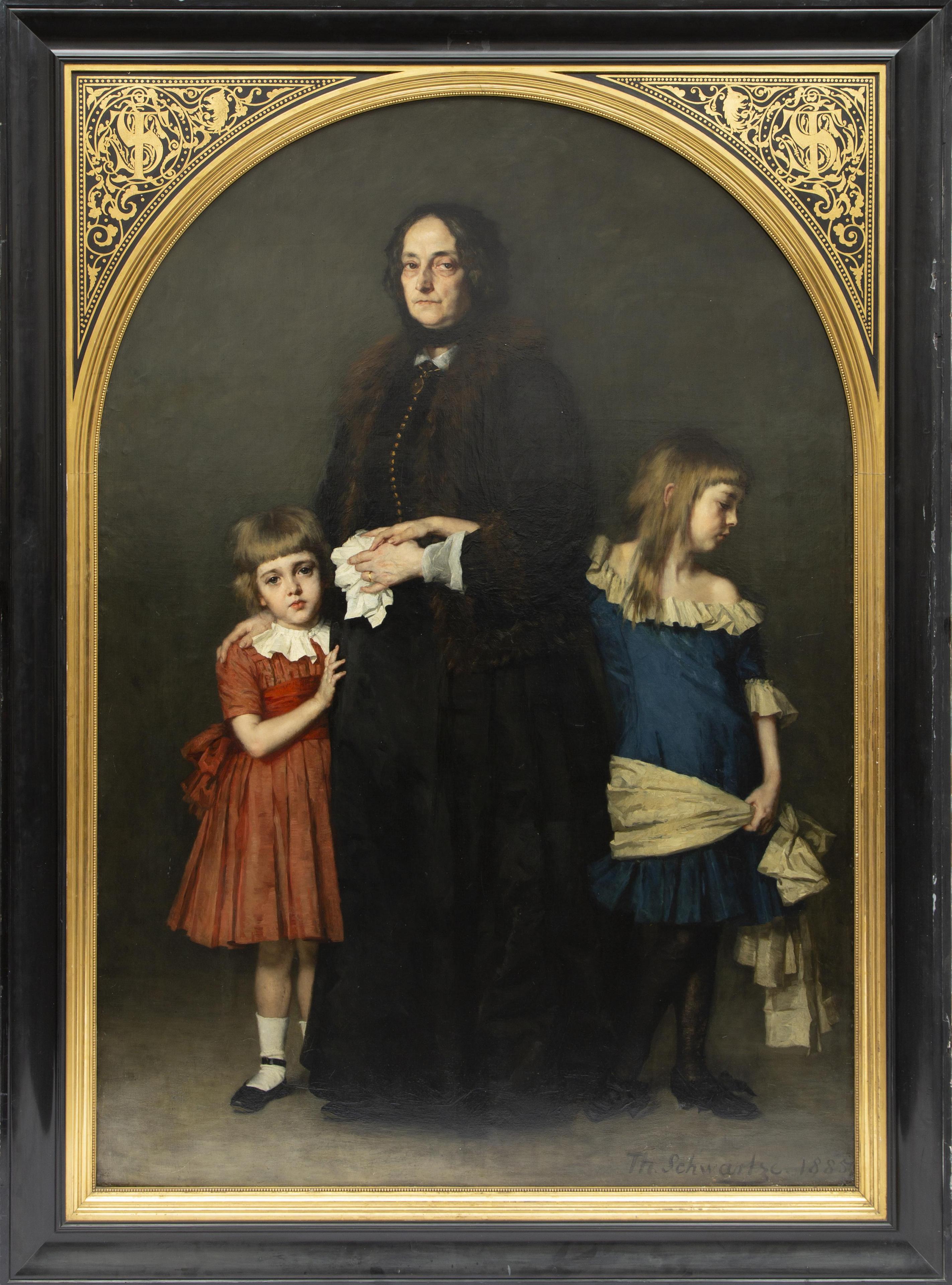
Beschrijving
Signed and dated 'Th. Schwartze. 1885.' (lower right).
Exhibited:
-Paris, Salon de Paris, Palais des Champs-Élysées, 1 May 1885-1886, cat. no. 2234, as: ‘Portraît de ma mère et de ses petits-enfants’.
-London, Earl's Court, 'Women's Exhibtion London, Fine Art Section', 1900, cat. no. 1639, as: ‘Portrait of Artist’s Mother and her Grandchildren’ (a label with title ‘My mother with her grandchildren’, numbered 'no. 1', name and address of the artist 'Thérèse Schwartze, 1091 Prinsengracht Amsterdam', and with annotation '£400' and 'Not for sale' is attached to the stretcher).
-Internationale Kunstausstellung, place and date unknown, no. 1555 (a label on the reverse).
-Amsterdam, Stedelijk Museum, 'Tentoonstelling van Nederlandsche Beeldende Kunsten, Regeeringsjubileum 1898-1923', 1923-1924 (according to a label attached to the stretcher).
-Amsterdam, Arti et Amicitiae, ‘Herdenkings-tentoonstelling, portretten van tijdgenoten door Thérèse Schwartze’, 6 January-3 February 1952 (with a copy of the article by Kasper Niehaus).
-Zeist, Slot Zeist, ‘Thérèse Schwartze (1851-1918), portret van een gevierd schilder’, 17 December 1989-25 February 1990. (a label of the art shipper Gerlach attached to the stretcher).
Literature:
-Salon de Paris, ‘Explication des ouvrages de peinture, sculpture, architecture et lithograhie des artistes vivants, exposé au Palais des Champs-Elysées, Le 1er Mai 1885’, Paris 1885, cat. no. 2234, p. 195, as: ‘Portraît de ma mère et de ses petits-enfants’.
-Earl's Court, 'Woman's Exhibition 1900', London 1900, p. 40, cat. no. 1639, as: ‘Portrait of Artist’s Mother and her Grandchildren’, and with description in the introductory notice by Francis Howard on p. 15.
-Willem Martin, ‘Thérèse van Duyl-Schwartze (1851-1918), een gedenkboek’, Amsterdam 1923, ill. p. 43.
-Kasper Niehaus, ‘Thérèse Schwartze, Geen lege jassen en japonnen‘, written for the exhibition in Amsterdam, Arti et Amicitiae, ‘Herdenkings-tentoonstelling, portretten van tijdgenoten door Thérèse Schwartze’, 1952, with ill.
-Cora Hollema and Pieternel Kouwenhoven, ‘Thérèse Schwartze (1851-1918), een vorstelijk portrettiste’, Zutphen 1998, ill. p. 32.
-Cora Hollema, ‘Thérèse Schwartze (1851-1918), haar klant was koning’, Zutphen 2010, ill. p. 28.
-Wendy van Lith and Ileen Montijn, ‘Thérèse Schwartze (1851-1918), De Nederlandse fine fleur geportretteerd’, Zwolle 2011, ill. p. 19.
-Cora Hollema, Pieternel Kouwenhoven‚ ’Thérèse Schwartze, Painting for a Living‘, Amsterdam 2015, ill. p. 35 (1st English edition, revised version of the Dutch edition from 2010).
-Cora Hollema, Pieternel Kouwenhoven‚ Thérèse Schwartze, Painting for a Living‘, Amsterdam 2021, ill. p. 19 (this 2nd revised English edition will be published in September 2021).
Provenance:
-Collection of the artist and her family, Prinsengracht 1091, Amsterdam; the ownership has stayed in the artist’s and sitters' family ever since:
-Collection Mejuffrouw G. Schwartze, Amsterdam (according to a label attached to the reverse). Georgina Schwartze, a younger sister of Thérèse, lived at the Herengracht till her dead in 1935.
-Collection Mr. Henri Knap, Amstelveen, son of Letty Ansingh.
-Private colletion of Mrs. Wiesje Knap, USA, granddaughter of Letty Ansingh.
The Amsterdam painter Thérèse Schwartze (1851-1918) was a celebrated portraitist in her time, who combined great talent and technical expertise with a superb head for business. She produced likenesses of the 19th-century Dutch beau monde and members of the royal family in an un-Dutch allure and became a millionaire in the process. Of crucial importance to her career were the upbringing and training she received from her father, the painter Johann Georg Schwartze (1814-1874) who had studied at the Staatliche Kunstakademie in Düsseldorf until 1842. His family background was a history of migrants who built up new lives in successive countries: the Netherlands, the United States, where he grew up in Philadelphia, and Germany. He drilled Thérèse in the profession from the time she was five years old, with the explicit assignment to become a breadwinning artist. This was highly unusual at a time when middle-class women in Holland were expected to marry and live on their husbands' income. Thérèse Schwartze continued to be much in demand as the leading portraitist of the Dutch elite until her death in 1918.
Initially, Thérèse Schwartze's work, which largely consists of commissioned portraits, is still quite modest. The stylistic development in her work develops from a precise painting style with dark colours, borrowed from her first teacher, her father Johann Georg Schwartze - to a lighter tone and smoother stroke more inspired by French and Dutch Impressionism. Until 1885 Schwartze worked exclusively in oil paint, then she also began to experiment with pastels. The initial dark touch is notably reflected in the painting depicting Thérèse's mother, Maria Elisabeth Theresia (Elise) Schwartze-Herrmann (1822-1896) with her grandchildren, the children of Thérèse's older sister Clara Theresa Schwartze (1848-1923), who was married to the pharmacist Edzard Willem Ansingh. The girl in the blue dress is Maria Elisabeth Georgina (‘Lizzy’) Ansingh (1875-1959) who would also become a painter, in red Aletta Anna Reiniera (Letje, or Letty) Ansingh (1878-1939). The French critic Henri Havard called it a 'peinture singulièrement vigoureuse pour avoir été tracée par une main féminine' [a canvas, painted very powerfully for a woman]. Thérèse’s mother was a small, thin woman whose face spoke of much care and sorrow, while a wandering eye gave her something dreamy (Wally Moes, op. cit., p 106). Among other things, mother Elise was responsible for the financial administration of the Schwartze company, the shipping of the work, maintaining contact with customers, and ensuring the expansion of their circle of clients.
Thérèse Schwartze continuously promoted her name internationally by participating in countless (inter)national exhibitions and commissions. The portrait of her mother with grandchildren - in almost life-sized format, as she often did for exhibitions - was specially made for the Paris Salon in 1885. Her international reputation was established after she won the Gold Medal at the Exposition Universelle in 1889 for her self-portrait created as a commission from Florence’s Uffizi Galleries in 1888 for their collection of world-renowned artists’ portraits. The foundation was laid in the seventeenth century by the De Medici family. This commission from the Uffizi was an honour none of her Dutch colleagues would receive at the time.
The original monumental frame was specially designed for this painting by Eduard Cuypers (1859-1927), nephew of the well-known architect Pierre Joseph Hubert Cuypers who built the Rijksmuseum and the Central Station in Amsterdam. It contains the artist’s initials 'TS' in the upper corners. Years later, Schwartze also hired architect Eduard Cuypers to renovate her attic studio in the family house at Prinsengracht 1091 in Amsterdam.
A special role in Schwartze's career, as well as in her private life, was played by Anton van Duyl (1829-1918). He was an art connoisseur, critic, journalist, editor-in-chief of the newspaper Algemeen Handelsblad between 1865-1885. He was instrumental in establishing Schwartze's reputation, understanding the interests of her art and introducing her to many connections at home and abroad. After Van Duyl was left a widower in 1906, the way was paved for marriage with Schwartze.
After often being (inter)nationally exhibited in salons and museums, this is the first time this painting by the ‘Queen of Dutch Painting’- as she was nicknamed - has been offered for sale. Ownership has been in the artist’s and sitters’ family since it was created. The painting was given to the current owner by her late father Henri Knap (Amsterdam 1911-Amstelveen 1986), son of Letty Knap-Ansingh (Amsterdam 1878-1939), and renowned Dutch journalist and Resistance leader during World War Two. The current owner, Mrs. Wiesje Knap, moved to the United States after marrying an American physician who studied at the Academic Medical Center of the University of Amsterdam.
Source: Cora Hollema, Pieternel Kouwenhoven ‚’Thérèse Schwartze, Painting for a Living‘ and www.thereseschwartze.com
A portrait of Maria Elisabeth Theresia (Elise) Schwartze-Herrmann with her grandchildren Letty and Lizzy Ansingh
Schwartze, Therese
(Amsterdam, 1851
-
Amsterdam,
1918)
Details
- Databanknummer:
- 86603
- Lotnummer:
- -
- Advertentietype
- Archief
- Instelling:
- Venduehuis Den Haag
- Veilingdatum:
- -
- Veilingnummer:
- -
- Stad
- -
- Limietprijs
- -
- Aankoopprijs
- -
- Verkoopprijs
- -
- Hamerprijs
- -
- Status
- Verkocht
Technische details
- Kunstvorm:
- Schilder- en Tekenkunst
- Technieken:
- Olieverf
- Dragers:
- Doek
- Lengte:
- 210 cm
- Breedte:
- 150 cm
- Hoogte:
- -
- Oplage:
- -
Beschrijving
Signed and dated 'Th. Schwartze. 1885.' (lower right).
Exhibited:
-Paris, Salon de Paris, Palais des Champs-Élysées, 1 May 1885-1886, cat. no. 2234, as: ‘Portraît de ma mère et de ses petits-enfants’.
-London, Earl's Court, 'Women's Exhibtion London, Fine Art Section', 1900, cat. no. 1639, as: ‘Portrait of Artist’s Mother and her Grandchildren’ (a label with title ‘My mother with her grandchildren’, numbered 'no. 1', name and address of the artist 'Thérèse Schwartze, 1091 Prinsengracht Amsterdam', and with annotation '£400' and 'Not for sale' is attached to the stretcher).
-Internationale Kunstausstellung, place and date unknown, no. 1555 (a label on the reverse).
-Amsterdam, Stedelijk Museum, 'Tentoonstelling van Nederlandsche Beeldende Kunsten, Regeeringsjubileum 1898-1923', 1923-1924 (according to a label attached to the stretcher).
-Amsterdam, Arti et Amicitiae, ‘Herdenkings-tentoonstelling, portretten van tijdgenoten door Thérèse Schwartze’, 6 January-3 February 1952 (with a copy of the article by Kasper Niehaus).
-Zeist, Slot Zeist, ‘Thérèse Schwartze (1851-1918), portret van een gevierd schilder’, 17 December 1989-25 February 1990. (a label of the art shipper Gerlach attached to the stretcher).
Literature:
-Salon de Paris, ‘Explication des ouvrages de peinture, sculpture, architecture et lithograhie des artistes vivants, exposé au Palais des Champs-Elysées, Le 1er Mai 1885’, Paris 1885, cat. no. 2234, p. 195, as: ‘Portraît de ma mère et de ses petits-enfants’.
-Earl's Court, 'Woman's Exhibition 1900', London 1900, p. 40, cat. no. 1639, as: ‘Portrait of Artist’s Mother and her Grandchildren’, and with description in the introductory notice by Francis Howard on p. 15.
-Willem Martin, ‘Thérèse van Duyl-Schwartze (1851-1918), een gedenkboek’, Amsterdam 1923, ill. p. 43.
-Kasper Niehaus, ‘Thérèse Schwartze, Geen lege jassen en japonnen‘, written for the exhibition in Amsterdam, Arti et Amicitiae, ‘Herdenkings-tentoonstelling, portretten van tijdgenoten door Thérèse Schwartze’, 1952, with ill.
-Cora Hollema and Pieternel Kouwenhoven, ‘Thérèse Schwartze (1851-1918), een vorstelijk portrettiste’, Zutphen 1998, ill. p. 32.
-Cora Hollema, ‘Thérèse Schwartze (1851-1918), haar klant was koning’, Zutphen 2010, ill. p. 28.
-Wendy van Lith and Ileen Montijn, ‘Thérèse Schwartze (1851-1918), De Nederlandse fine fleur geportretteerd’, Zwolle 2011, ill. p. 19.
-Cora Hollema, Pieternel Kouwenhoven‚ ’Thérèse Schwartze, Painting for a Living‘, Amsterdam 2015, ill. p. 35 (1st English edition, revised version of the Dutch edition from 2010).
-Cora Hollema, Pieternel Kouwenhoven‚ Thérèse Schwartze, Painting for a Living‘, Amsterdam 2021, ill. p. 19 (this 2nd revised English edition will be published in September 2021).
Provenance:
-Collection of the artist and her family, Prinsengracht 1091, Amsterdam; the ownership has stayed in the artist’s and sitters' family ever since:
-Collection Mejuffrouw G. Schwartze, Amsterdam (according to a label attached to the reverse). Georgina Schwartze, a younger sister of Thérèse, lived at the Herengracht till her dead in 1935.
-Collection Mr. Henri Knap, Amstelveen, son of Letty Ansingh.
-Private colletion of Mrs. Wiesje Knap, USA, granddaughter of Letty Ansingh.
The Amsterdam painter Thérèse Schwartze (1851-1918) was a celebrated portraitist in her time, who combined great talent and technical expertise with a superb head for business. She produced likenesses of the 19th-century Dutch beau monde and members of the royal family in an un-Dutch allure and became a millionaire in the process. Of crucial importance to her career were the upbringing and training she received from her father, the painter Johann Georg Schwartze (1814-1874) who had studied at the Staatliche Kunstakademie in Düsseldorf until 1842. His family background was a history of migrants who built up new lives in successive countries: the Netherlands, the United States, where he grew up in Philadelphia, and Germany. He drilled Thérèse in the profession from the time she was five years old, with the explicit assignment to become a breadwinning artist. This was highly unusual at a time when middle-class women in Holland were expected to marry and live on their husbands' income. Thérèse Schwartze continued to be much in demand as the leading portraitist of the Dutch elite until her death in 1918.
Initially, Thérèse Schwartze's work, which largely consists of commissioned portraits, is still quite modest. The stylistic development in her work develops from a precise painting style with dark colours, borrowed from her first teacher, her father Johann Georg Schwartze - to a lighter tone and smoother stroke more inspired by French and Dutch Impressionism. Until 1885 Schwartze worked exclusively in oil paint, then she also began to experiment with pastels. The initial dark touch is notably reflected in the painting depicting Thérèse's mother, Maria Elisabeth Theresia (Elise) Schwartze-Herrmann (1822-1896) with her grandchildren, the children of Thérèse's older sister Clara Theresa Schwartze (1848-1923), who was married to the pharmacist Edzard Willem Ansingh. The girl in the blue dress is Maria Elisabeth Georgina (‘Lizzy’) Ansingh (1875-1959) who would also become a painter, in red Aletta Anna Reiniera (Letje, or Letty) Ansingh (1878-1939). The French critic Henri Havard called it a 'peinture singulièrement vigoureuse pour avoir été tracée par une main féminine' [a canvas, painted very powerfully for a woman]. Thérèse’s mother was a small, thin woman whose face spoke of much care and sorrow, while a wandering eye gave her something dreamy (Wally Moes, op. cit., p 106). Among other things, mother Elise was responsible for the financial administration of the Schwartze company, the shipping of the work, maintaining contact with customers, and ensuring the expansion of their circle of clients.
Thérèse Schwartze continuously promoted her name internationally by participating in countless (inter)national exhibitions and commissions. The portrait of her mother with grandchildren - in almost life-sized format, as she often did for exhibitions - was specially made for the Paris Salon in 1885. Her international reputation was established after she won the Gold Medal at the Exposition Universelle in 1889 for her self-portrait created as a commission from Florence’s Uffizi Galleries in 1888 for their collection of world-renowned artists’ portraits. The foundation was laid in the seventeenth century by the De Medici family. This commission from the Uffizi was an honour none of her Dutch colleagues would receive at the time.
The original monumental frame was specially designed for this painting by Eduard Cuypers (1859-1927), nephew of the well-known architect Pierre Joseph Hubert Cuypers who built the Rijksmuseum and the Central Station in Amsterdam. It contains the artist’s initials 'TS' in the upper corners. Years later, Schwartze also hired architect Eduard Cuypers to renovate her attic studio in the family house at Prinsengracht 1091 in Amsterdam.
A special role in Schwartze's career, as well as in her private life, was played by Anton van Duyl (1829-1918). He was an art connoisseur, critic, journalist, editor-in-chief of the newspaper Algemeen Handelsblad between 1865-1885. He was instrumental in establishing Schwartze's reputation, understanding the interests of her art and introducing her to many connections at home and abroad. After Van Duyl was left a widower in 1906, the way was paved for marriage with Schwartze.
After often being (inter)nationally exhibited in salons and museums, this is the first time this painting by the ‘Queen of Dutch Painting’- as she was nicknamed - has been offered for sale. Ownership has been in the artist’s and sitters’ family since it was created. The painting was given to the current owner by her late father Henri Knap (Amsterdam 1911-Amstelveen 1986), son of Letty Knap-Ansingh (Amsterdam 1878-1939), and renowned Dutch journalist and Resistance leader during World War Two. The current owner, Mrs. Wiesje Knap, moved to the United States after marrying an American physician who studied at the Academic Medical Center of the University of Amsterdam.
Source: Cora Hollema, Pieternel Kouwenhoven ‚’Thérèse Schwartze, Painting for a Living‘ and www.thereseschwartze.com
Aangeboden kunst
Een selectie uit ons kunstaanbod
Expositie Johan Lennarts (1932-1991) tot en met 9 februari 2025
Geopend vrijdag, zaterdag en zondag van 13.00 tot 17.00 uur. Andere dagen na afspraak.

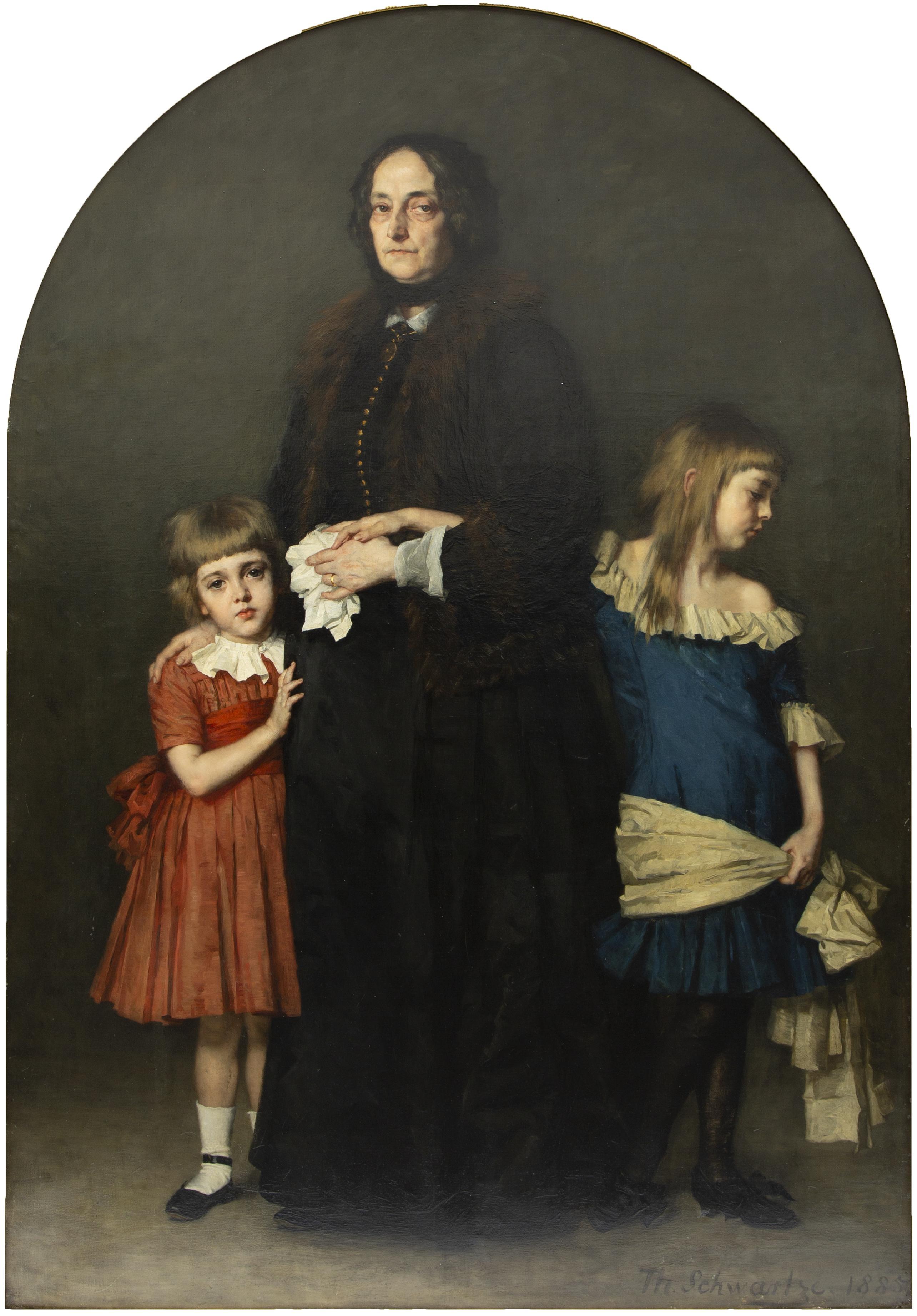
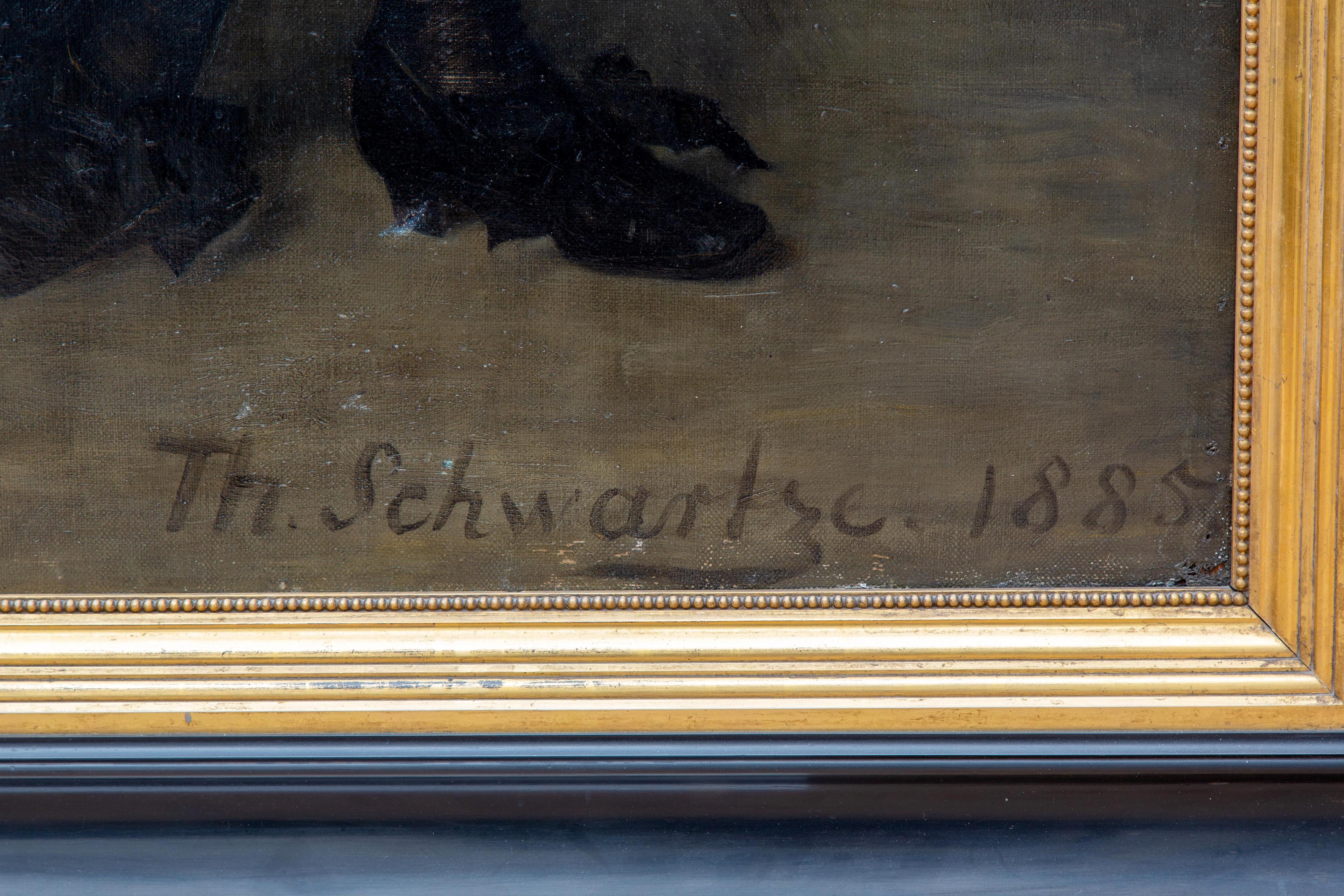
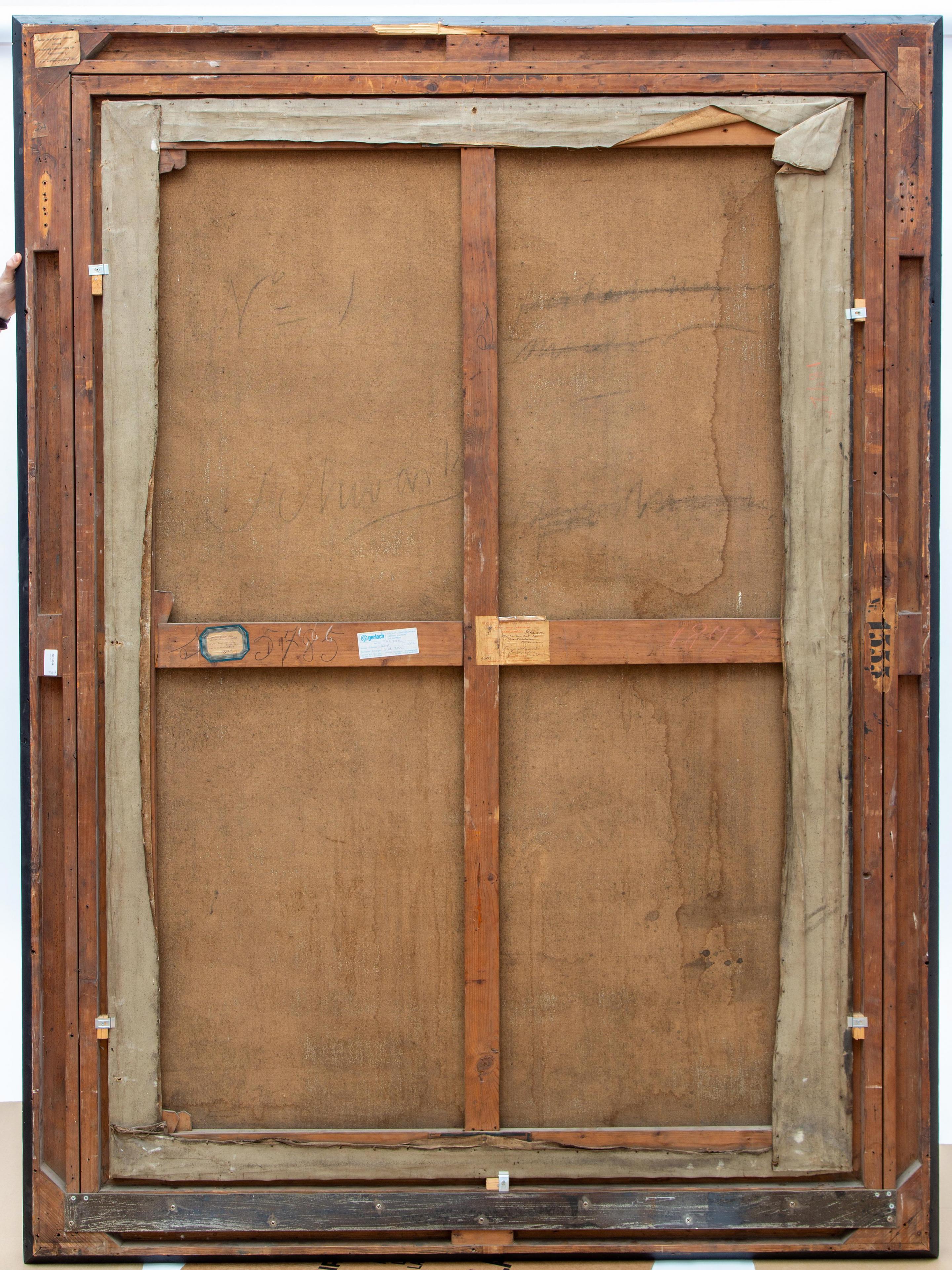
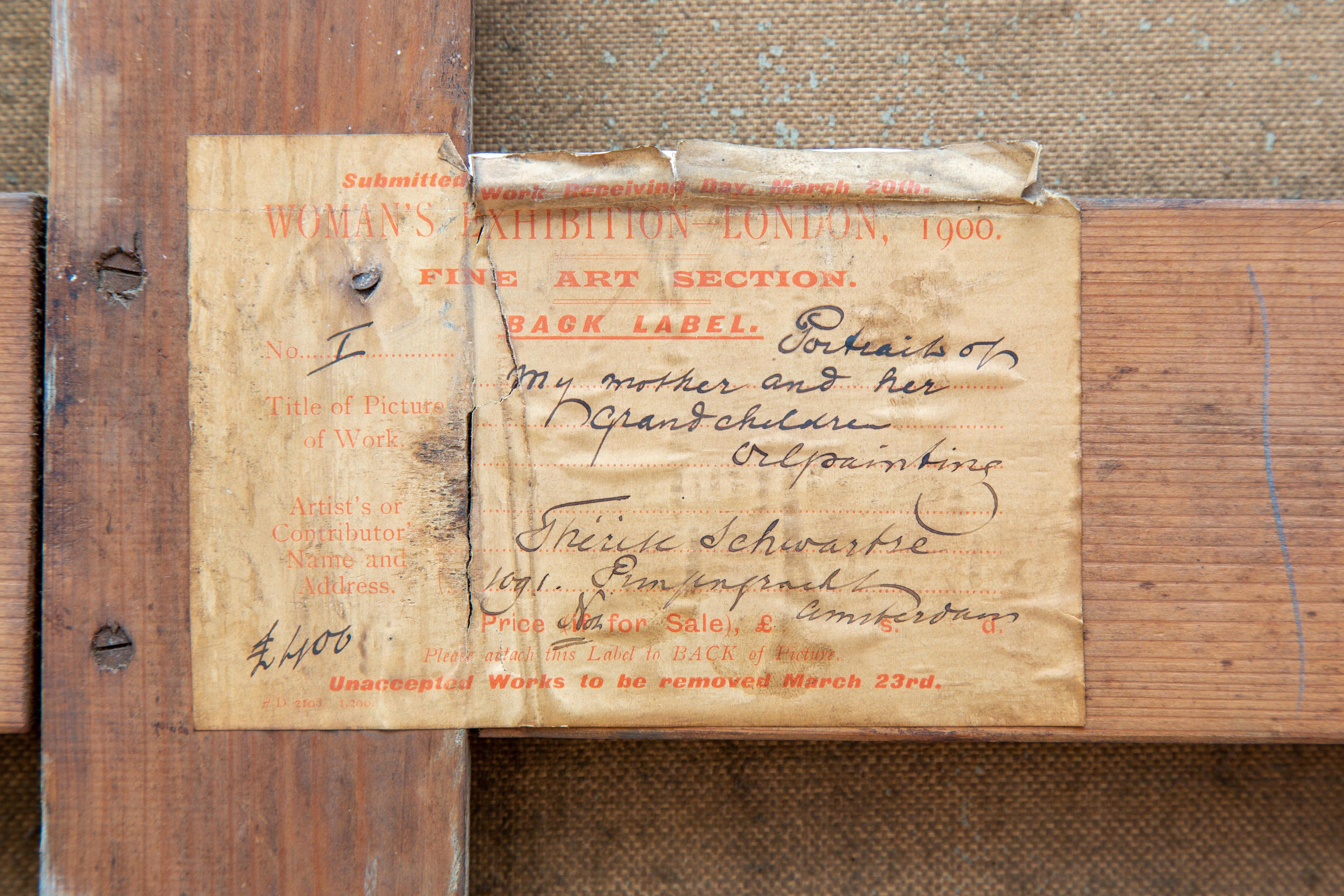
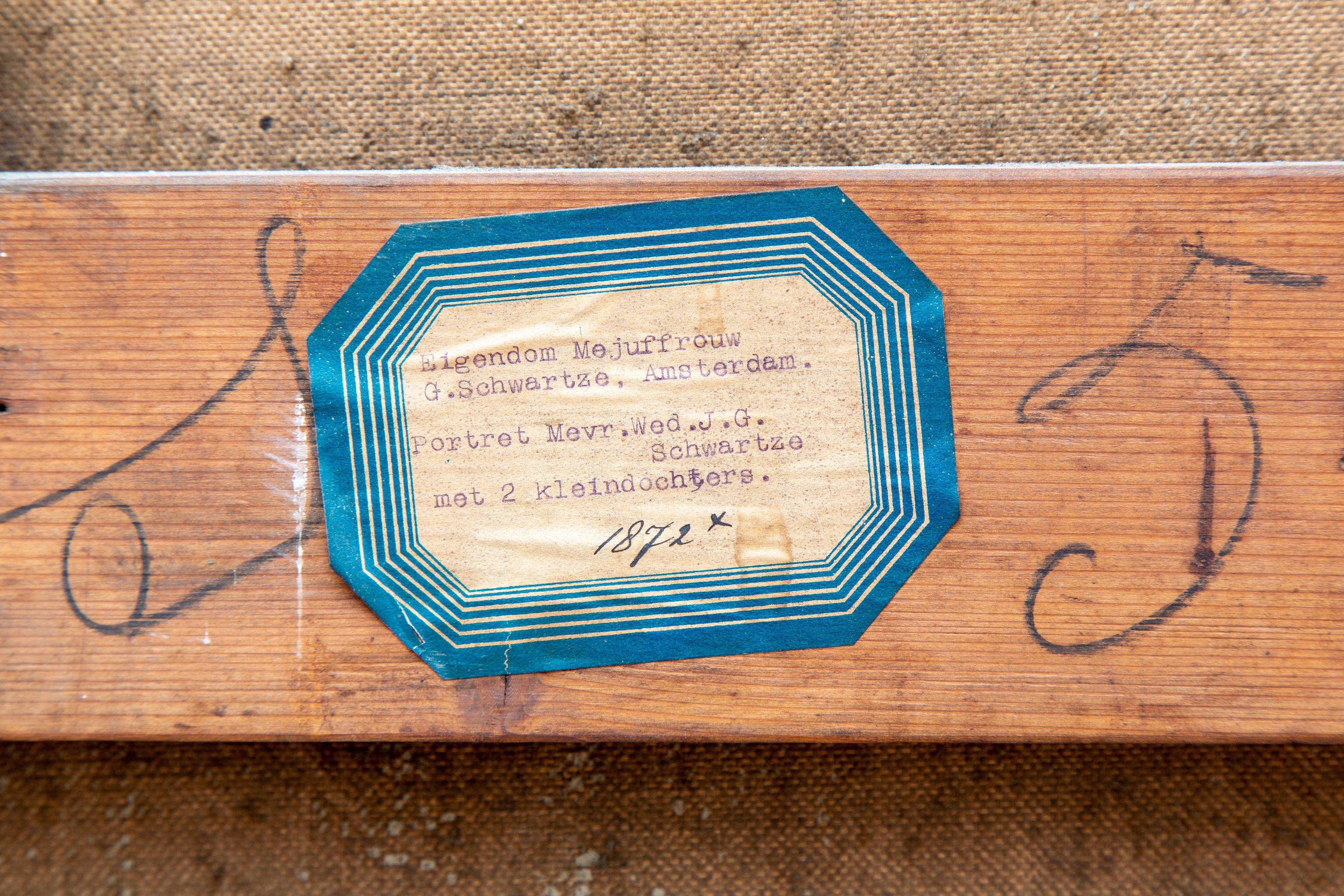
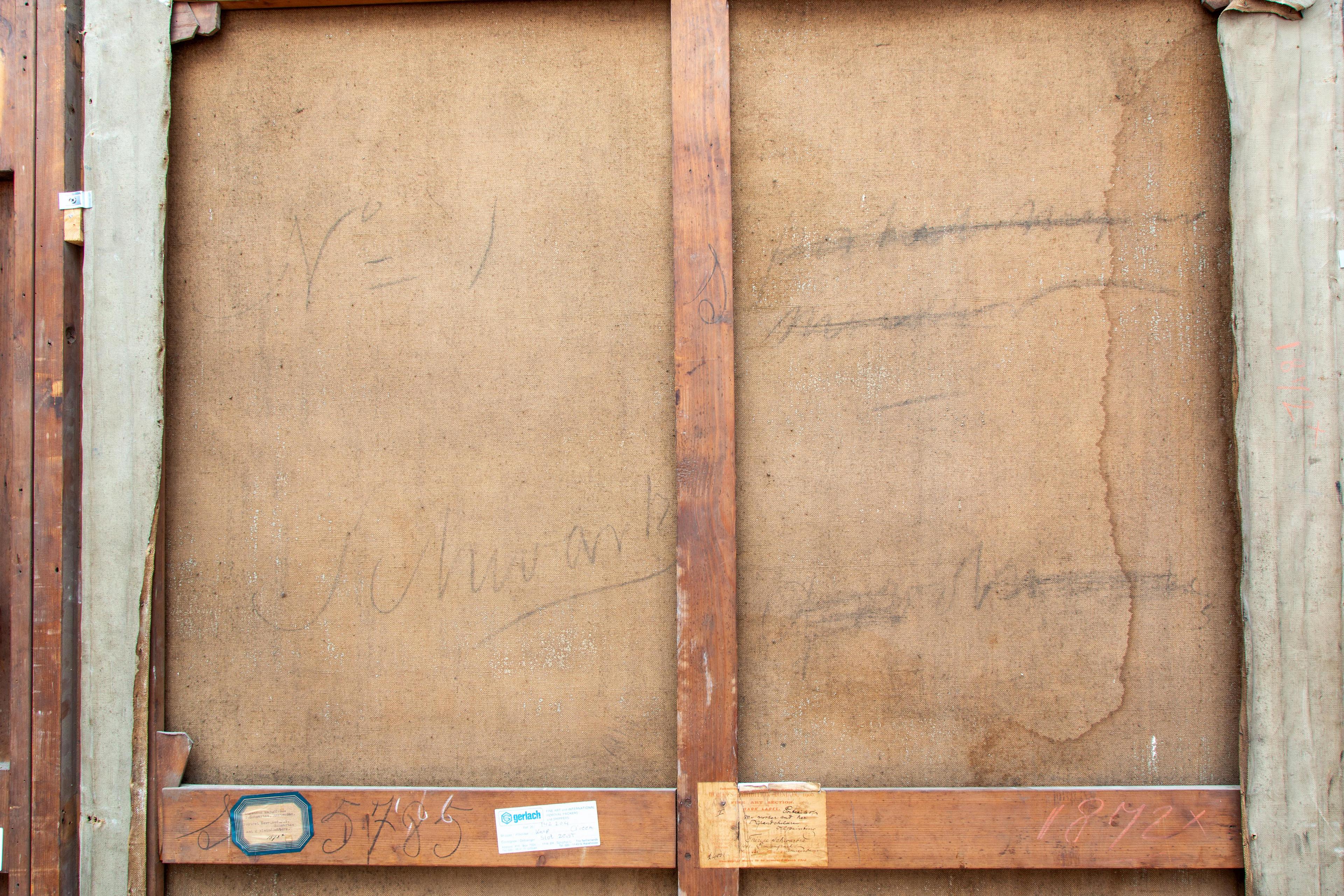
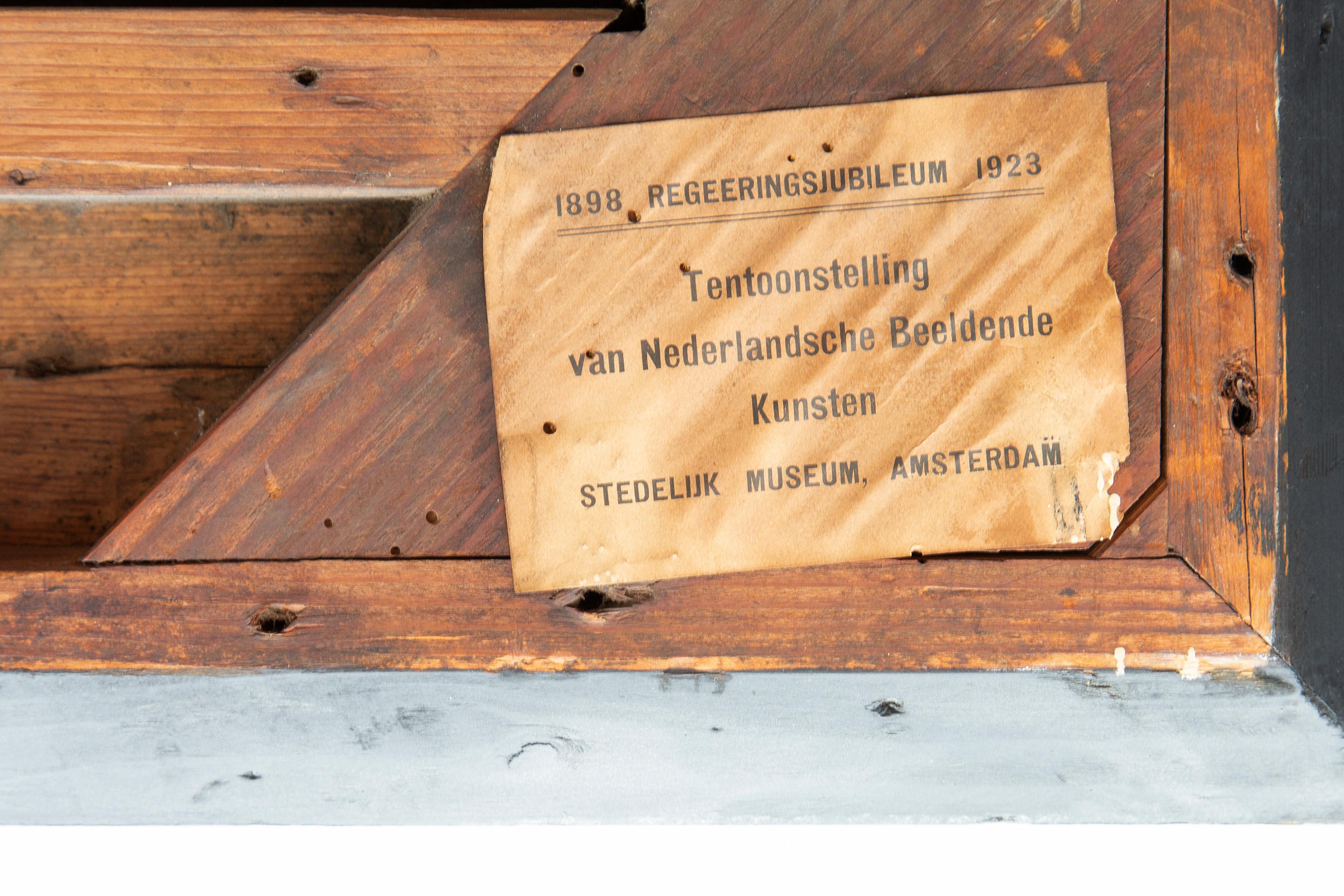
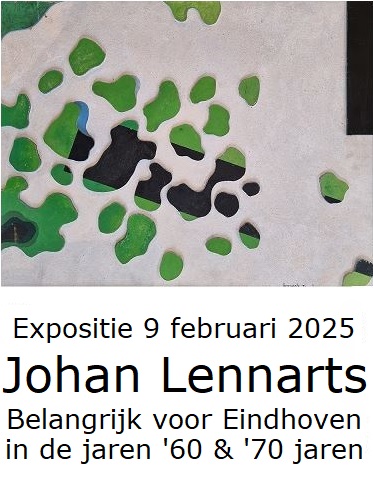
.jpg)
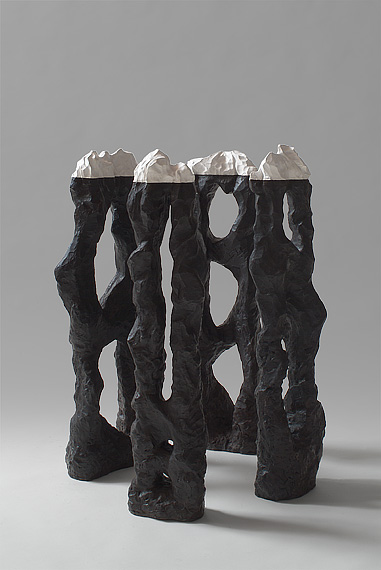
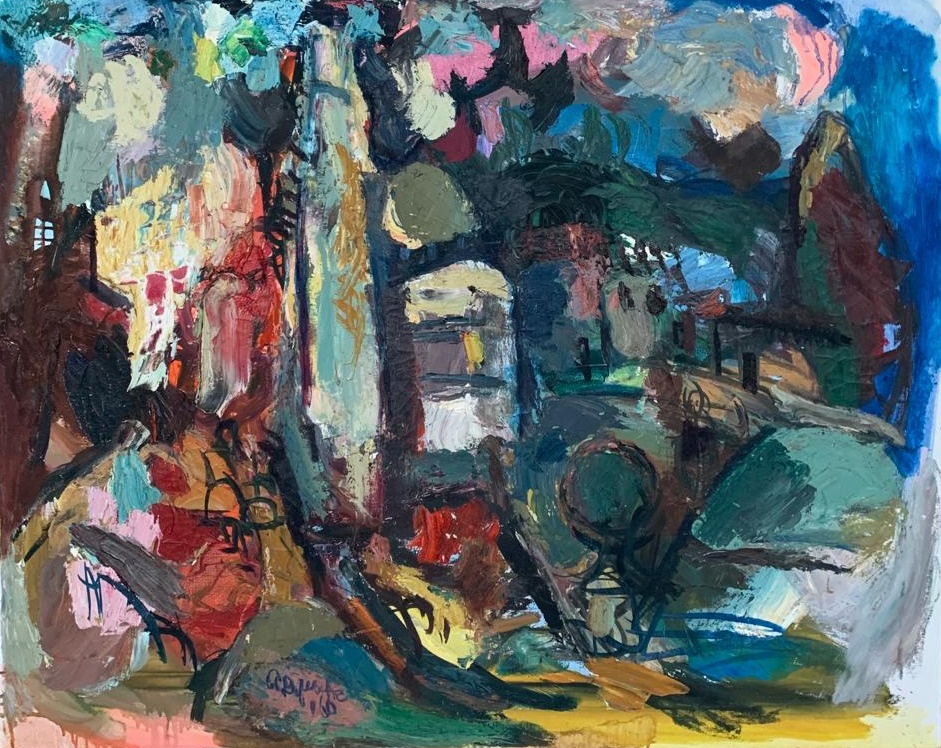
.jpg)